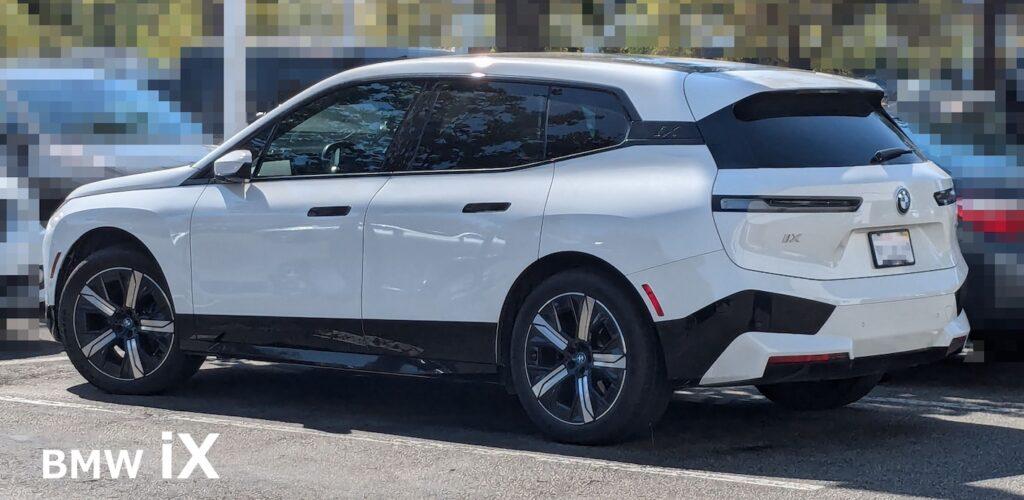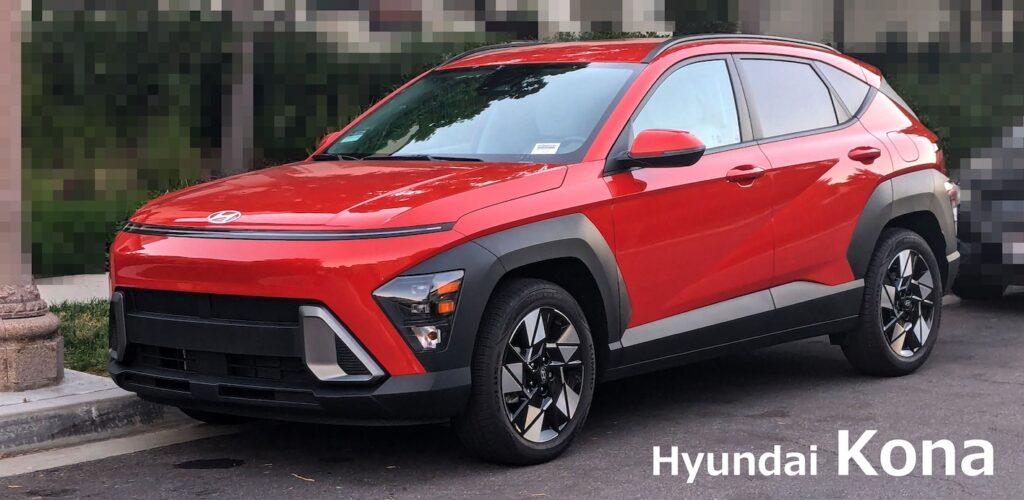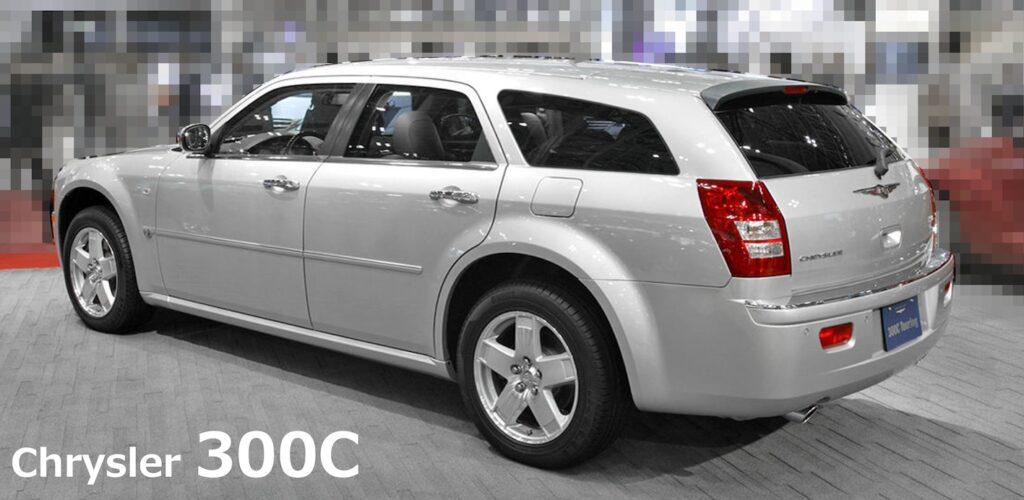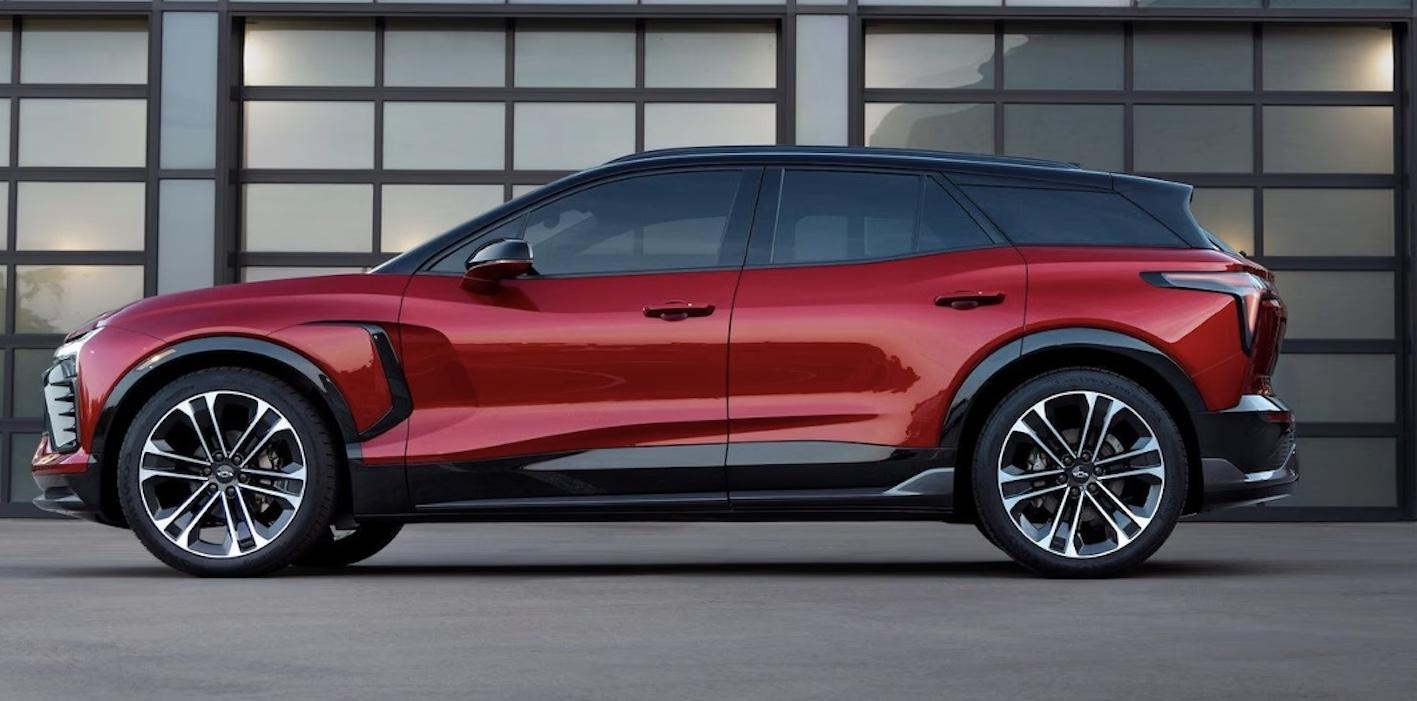The Pursuit of EV Identity
Last month, we discussed how emerging EV manufacturers like Tesla, Rivian, and Lucid are incorporating unconventional design themes and proportions, breaking away from traditional automotive norms. In contrast, long-established automakers, who have been building cars for decades, are intentionally pursuing “EV-ness” and showing a willingness to explore new design approaches, which has led to exciting developments.
One example is Toyota and BMW, which are attempting to craft unique visual identities distinct from traditional vehicles through innovative graphic designs.


Aside from graphics, one of the most noticeable features can be seen in the vehicle’s lighting. The transition to LED lighting for automotive use began around 20 years ago, and LEDs have become widely used in EVs, particularly because of their low power consumption.
Headlights on models like the Hyundai Kona and Polestar 4 feature extremely thin vertical profiles, emphasizing their advanced, futuristic image. (For instance, the Kona features a slim light strip running the full width of the vehicle, functioning as a Daylight Running Light.)
While appealing to consumers with a commitment to SDG principles is important, it is not sufficient on its own to overcome challenges such as the higher cost of EVs or the time-consuming charging process. To inspire purchasing decisions, EVs need to offer new and compelling attractions.
In this regard, distinctive LED lighting elements that impart a futuristic feel to vehicle design are highly effective as a design element.


Horizontal Tail Lamps
Thin, vertically compact lamps are not only common in headlights but are also frequently seen in tail lamps. Here, we observe an even more intriguing trend. The design approach of connecting the left and right tail lamps into a single horizontal strip has existed for some time, but a new method features the lamps themselves being vertically thin, creating a tail lamp design that resembles a single bar. Interestingly, this design is not limited to EVs but is also widely seen in gasoline-powered vehicles.


New EV Platform from GM
In the previous column, I wrote about Rivian’s skateboard platform, but now, from one of the Big Three automakers in the U.S., GM, two vehicles sharing a new EV platform have been introduced. These are the Cadillac Lyriq, a luxury car brand under GM, and the Chevrolet Blazer EV, a model from the long-established Chevrolet brand.




As you can see from the vehicle dimension table, these two cars belong to the full-size category in the U.S., with a 3-meter wheelbase (WB) and an overall length of approximately 5 meters.

From the dimensions of the wheelbase (WB), overall length, and width, what comes to mind is the Chrysler 300C Touring, a full-size American station wagon released in the early 2000s and built on a Mercedes-Benz platform.

The two GM vehicles mentioned above can be described as resembling a full-size wagon with a lift of approximately 150mm. Looking at their specifications, the wheelbase (WB) and overall length are almost the same as the GM Traverse, a three-row SUV. However, these new EVs avoid maximizing seating capacity and adopt a two-row seating configuration, successfully creating proportions reminiscent of a slightly lifted shooting brake.
In the U.S., SUVs of this size are often taller three-row models, so these two vehicles, with a height about 150mm lower, give a much lighter and more agile impression. In essence, these GM vehicles skillfully combine the sportiness of a shooting brake with the utility of an SUV.
Their nearly 2-meter-wide body also contributes to a stable and balanced appearance when viewed from the front or rear. Furthermore, by leveraging the advantages of the EV platform, GM has achieved short overhangs and an extended cowl, resulting in ideal side-view proportions complemented by large wheels and tires. It was quite a refreshing surprise to see GM, which has traditionally leaned toward conservative designs, develop such an innovative package.
The Proliferation of SUVs and the End of American Sedans
Among the new EVs, there are full-size sedans like the Tesla Model S and Lucid Air. However, in the category of gasoline-powered vehicles, including hybrids, American-made full-size sedans have disappeared from catalogs, ushering in an era where SUVs have become synonymous with family cars.
The once-prominent full-size sedan may never return, but I hold great hope for vehicles that, like the aforementioned two GM models, bring fresh surprises by taking on new packaging challenges with new platforms. To achieve this, collaboration between engineers and designers, as well as innovative thinking, is absolutely essential.

![by Car Styling [カースタイリング]](https://motor-fan.jp/wp-content/uploads/2025/04/carstyling-jp_logo.png)






